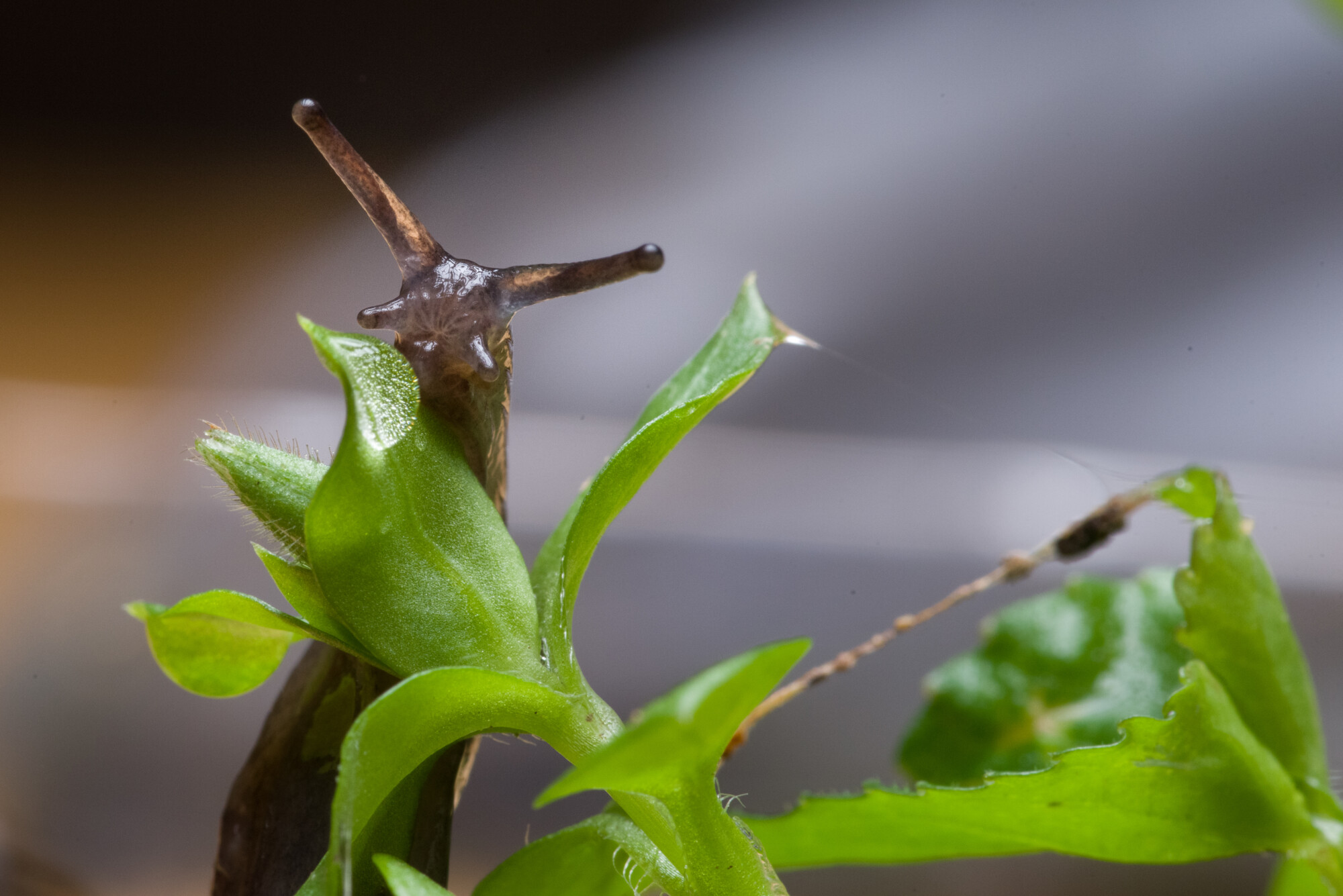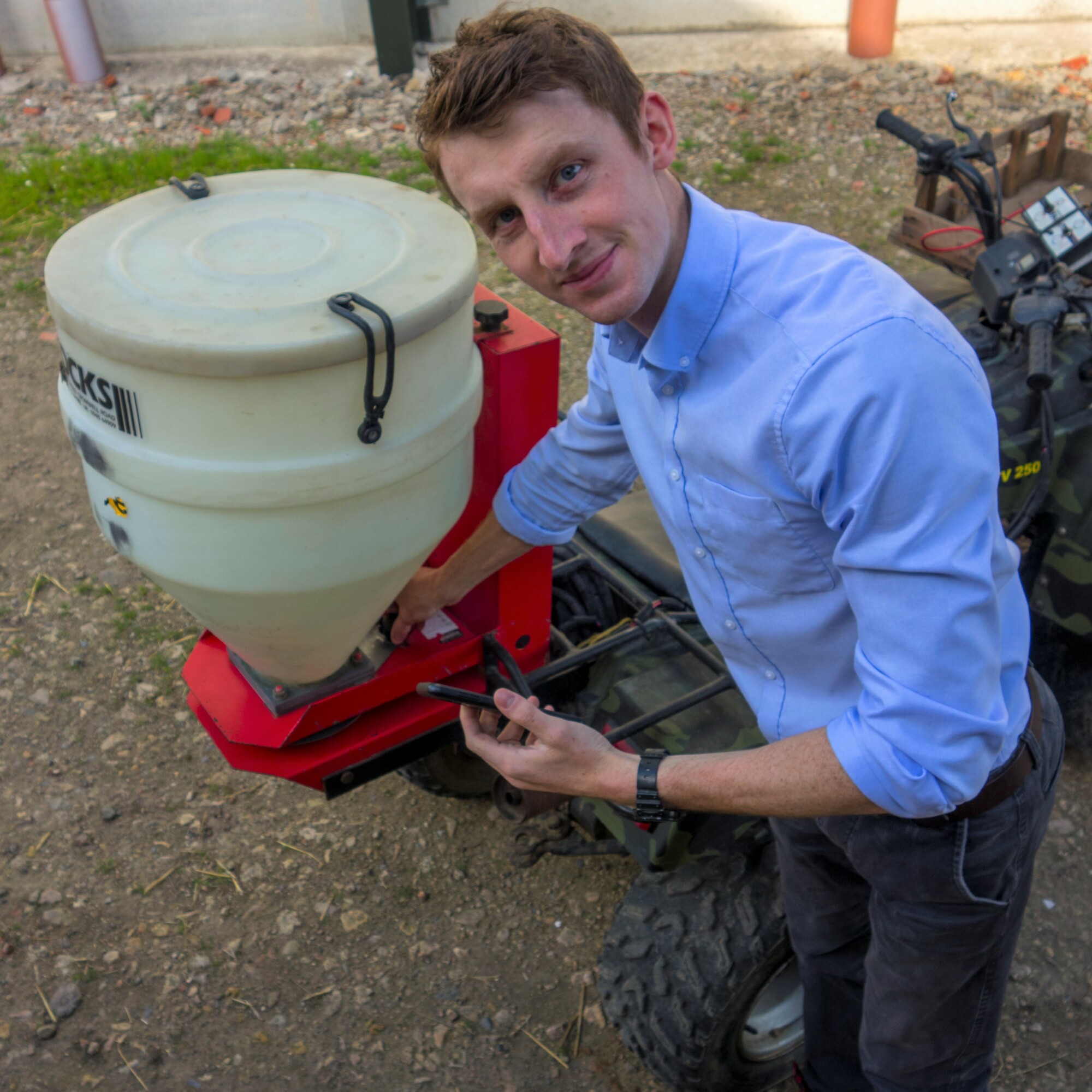Applicator calibration key to early season slug control
2nd August 2021
Appreciating the advantages of different sized slug pellets and using tools such as the Calibration Wizard when switching between these products will optimise slug control this autumn.
It will soon be time to assess slug risk in newly established oilseed rape crops, with cereals following shortly after in September, and many growers will be opting for a mini ferric phosphate bait such as Menorexx for first applications.
Certis northern technical specialist Harry Raley says this gives growers a much higher number of baiting points compared to a standard size pellet-like Sluxx HP at a time when the crop is at its most vulnerable.
“Growers aim for a population of 25-40 plants/m2 depending on variety, and because slugs are random feeders, it means the chances of them bumping into a Menorexx mini pellet rather than a plant is significantly increased,” he explains.
Pellet longevity
While Menoroxx brings the advantage of higher baiting point density, being a smaller pellet, it can’t last as long if conditions turn wet soon after application.
Mr Raley says that if and when conditions do deteriorate this autumn, it will be worthwhile switching to a standard pellet that persists longer and reduces the need for frequent reapplication.
“That might be where you are drilling oilseed rape in early September, or beginning to drill winter barley that same month.
“A mini pellet won’t last under persistent heavy showers, so you have to judge current and future conditions and switch to a more robust pellet when necessary,” he explains.
Ballistic properties
Different size pellets have different ballistic properties so applicators need re-calibrating when switching between them.
While professional calibration with a tray test is recommended ahead of a new season it isn’t always practical when switching between products during a busy drilling campaign.
To help solve this problem, Certis – in conjunction with SCS Spreader and Sprayer Testing – has developed the Calibration Wizard, an online tool for quick and easy setup of applicators.
It requires entry of the product, applicator type, desired spread width and application rate and in response specifies forward speed, disc speed, disc flute number and aperture settings.
“Calibration Wizard provides the starting point for ideal conditions and operators can then fine-tune for environmental factors like wind and terrain to get the desired result,” says Mr Raley.
Spread distance
A concern relating to pellet size is the distance that smaller pellets spread, with accurate spreading of mini pellets often said to be more difficult to achieve on wider tramlines.
However, in the development of Calibration Wizard, SCS demonstrated that Menorexx minis spread as accurately to 24m as standard pellets with a correctly calibrated twin-disc machine like a Stocks Ag Fan Jet Duo.
Mr Raley emphasises the point of correct calibration and says any pellet – a small and light object – has a limit to how far it can be spread.
He says beyond 24m, particularly in windy and bumpy conditions, most common pellet applicators mounted on quad bikes might struggle to maintain accuracy, so upgrading equipment could be a consideration.
“The Stocks Ag Pro 65 and Duo will spread to 24m and 36m respectively, but opting for a pneumatic drop and broadcast, Avadex-type applicator might be a safer option when looking to reach wider distances.”


